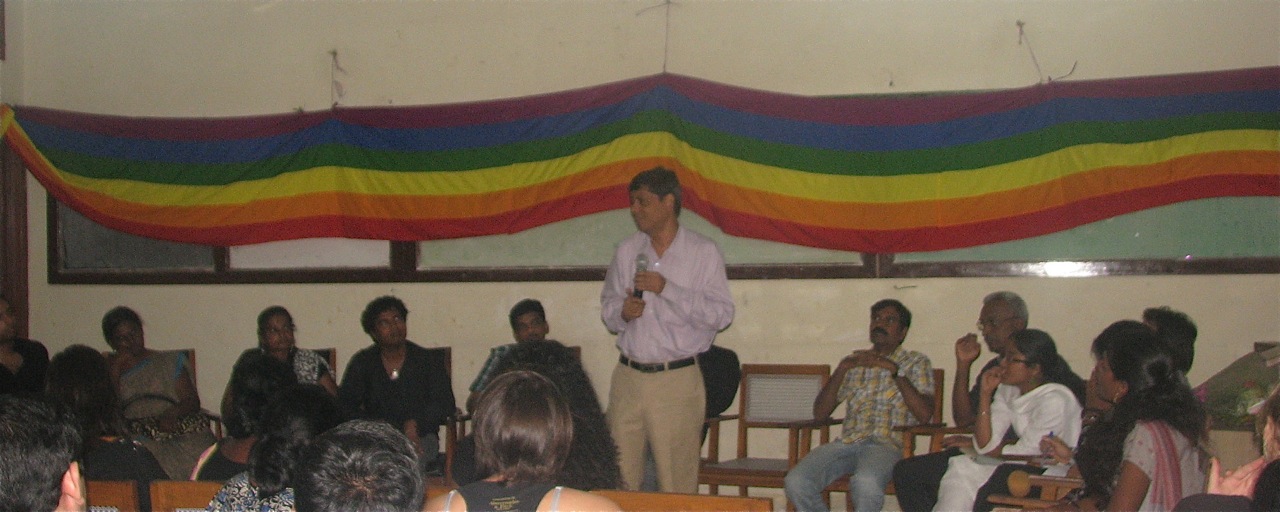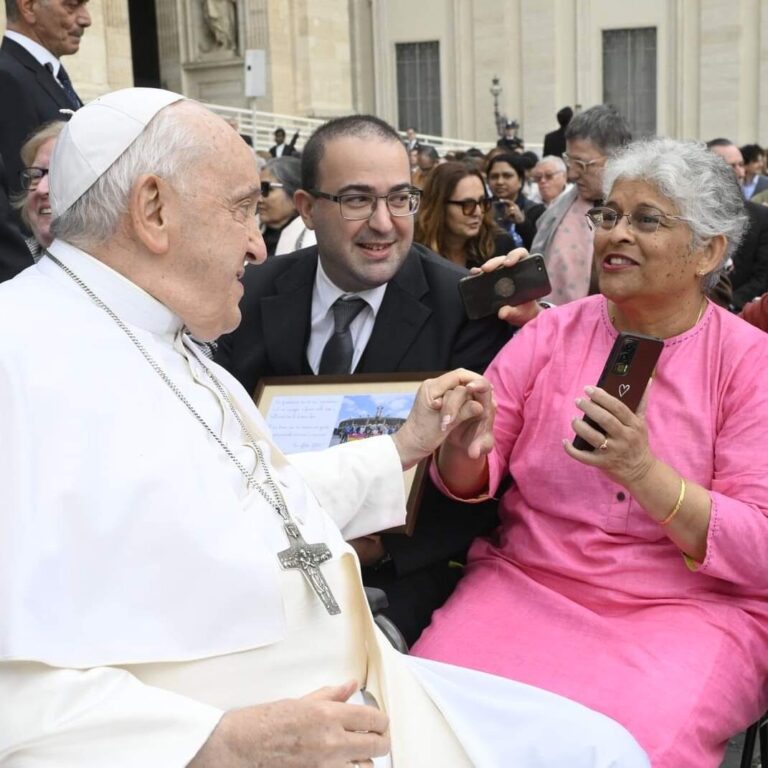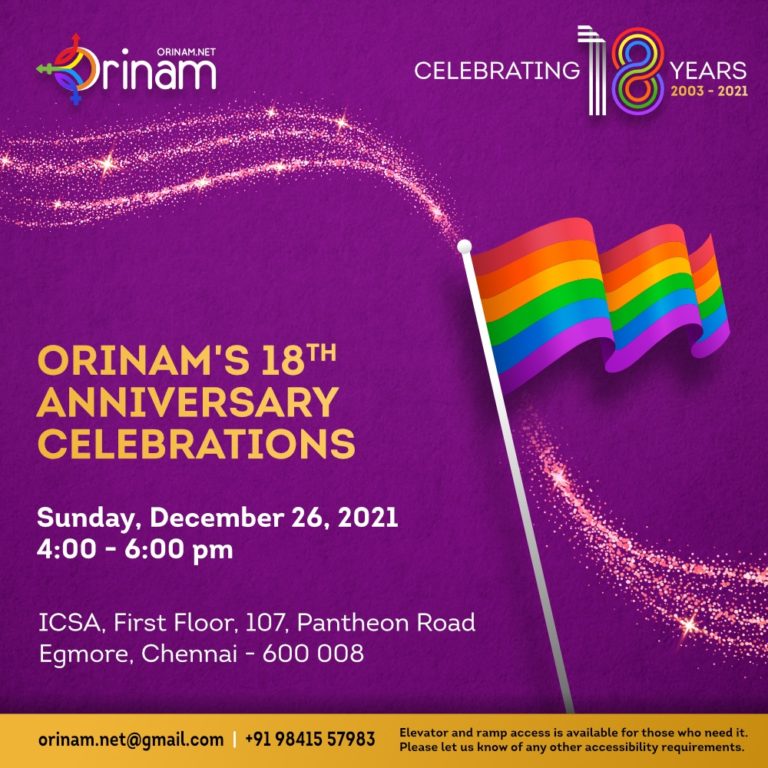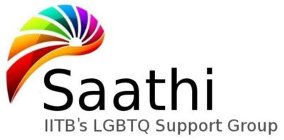July 5, 2016: The news cycle last week was pretty bountiful for advocates of LGBT rights in the country – and, really, for anybody who wanted a better sense of where our state institutions stood on the issue. On the 29th of June, the Supreme Court came back from its vacation to hear a fresh matter challenging the constitutional validity of Section 377. The following morning, another bench of the same court disposed off a longstanding clarification petition to NALSA v. Union of India – the landmark judgment that recognized a range of rights for the transgender community. The same evening the Indian delegation at the Human Rights Council voted on a crucial resolution relating to setting up an Independent Expert on Sexual Orientation and Gender Identity. Bountiful, yes – but not necessarily optimism inducing.
In the case of 377, the Court sent the matter before the Chief Justice given the pendency of the curative petition on the same subject matter. Note here that the brief argued extensively for a
right to sexuality, brought as it was before the court by a group of individuals who felt the law directly affected their right to form intimate sexual relations with other persons. In the NALSA clarification the Court gave us the blinding clarity that the transgender umbrella did not include lesbian, gay and bisexual individuals. Transgender persons effectively are to be recognized as equal citizens before the law at every level, except when it comes to the question of their sexuality. And at the Human Rights Council, the government decided to abstain from voting on the final resolution – even as it affirmatively voted in favour of amendments that diluted the resolution by bringing in vague notions of cultural relativism and deploring unilateral coercive measures (because of course, regular reporting on violence that nations are subjecting their queer citizens is the true coercion problem to worry about).
Let’s be clear: this is not about the government protecting the transgender community. The dilution of the mandate at the UN certainly wasn’t aimed to that end. The NALSA clarification now makes it abundantly clear that sexuality is not a topic the court is willing to entertain when it comes to its otherwise sympathetic outlook towards transgender individuals. To say that transgender persons don’t include lesbian, gay and bisexual individuals plays to some strange half-baked notion of human sexuality that doesn’t square with a Court that otherwise delivered one of the most progressive transgender rights judgment across jurisdictions. It ignores the lives of individuals like Famila, the remarkable activist who would often introduce herself as a bisexual hijra sex worker. And, as far as the threat of prosecution under the law itself is concerned, it is not the same as holding that transgender persons cannot be prosecuted for unnatural intercourse under section 377. If there’s any doubt about that particular ambiguity, just take the recent example of Radhika, a transwoman in Karnataka, whose male partner Shivakumar and herself were
threatened with a case of 377 by the local police after they were forcibly separated by Shivakumar’s parents.
I don’t know what happens next, when the curative will be heard, and what these signs point to when it does. These struggles are all in a way struggles for recognition at different levels, and I hope that the contestation with the state will allow for a path towards precisely that kind of recognition. I hope that when the Court does give the 377 matter a hearing, this idea of the right to sexuality is placed front and centre, that the Court is forced to deal with its terror of queer love and intimacy (they’re perfectly comfortably
just speaking about carnal intercourse and what organ goes where mind you). I hope that when the UN Independent Expert begins their reporting (deeply unilateral and “coercive” as it may be), the Indian delegation at the UN is forced to account for their hypocrisy at an international level. Finally, I hope that NALSA gets enforced, even with its limited ambit, because even that limited ambit still remains a distant dream. Walk into any government office conferring identity documents today, and you’ll see that the right to self-identification, the much vaunted gift of the NALSA judgment, is largely a joke.
Another, less tumultuous event happened this last week, this one an anniversary. On the 2nd of July 2016 we celebrated 7 years of the Delhi High Court’s Naz Foundation judgment. Mixed through all the queer chaos is a gentle affirmation: that of two judges who listened, with empathy, to the concerns of a group that had only received contempt from the courts before this, and passed an appropriately affirming order. The fact that we continue to hold on to this document, that it continues to be celebrated even as its legal status stands annulled, tells us something about what state recognition, what acknowledgment can mean for individuals, for a community, in the fight for equal citizenship.



